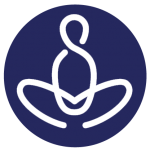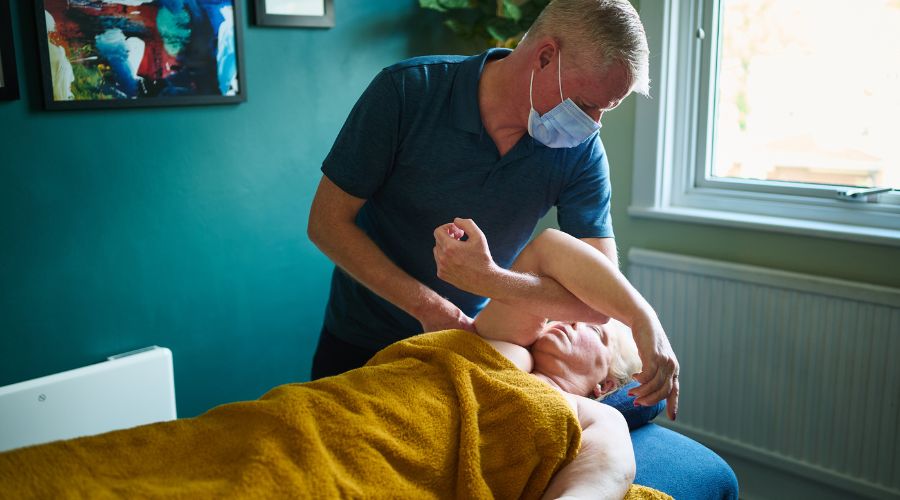Back Pain Massage in London, N13
Find relief from low back pain and sciatica with Jing Method Advanced Clinical back pain massage. Get effective and lasting results.
What are the symptoms of back pain?
Back pain symptoms can vary in both how and where pain presents, depending on which muscles, tendons, ligaments and structures are involved.
Let’s take for example, a deep aching pain that covers the top of the pelvis and runs into the buttock and down the lateral side (outside) of the hip.
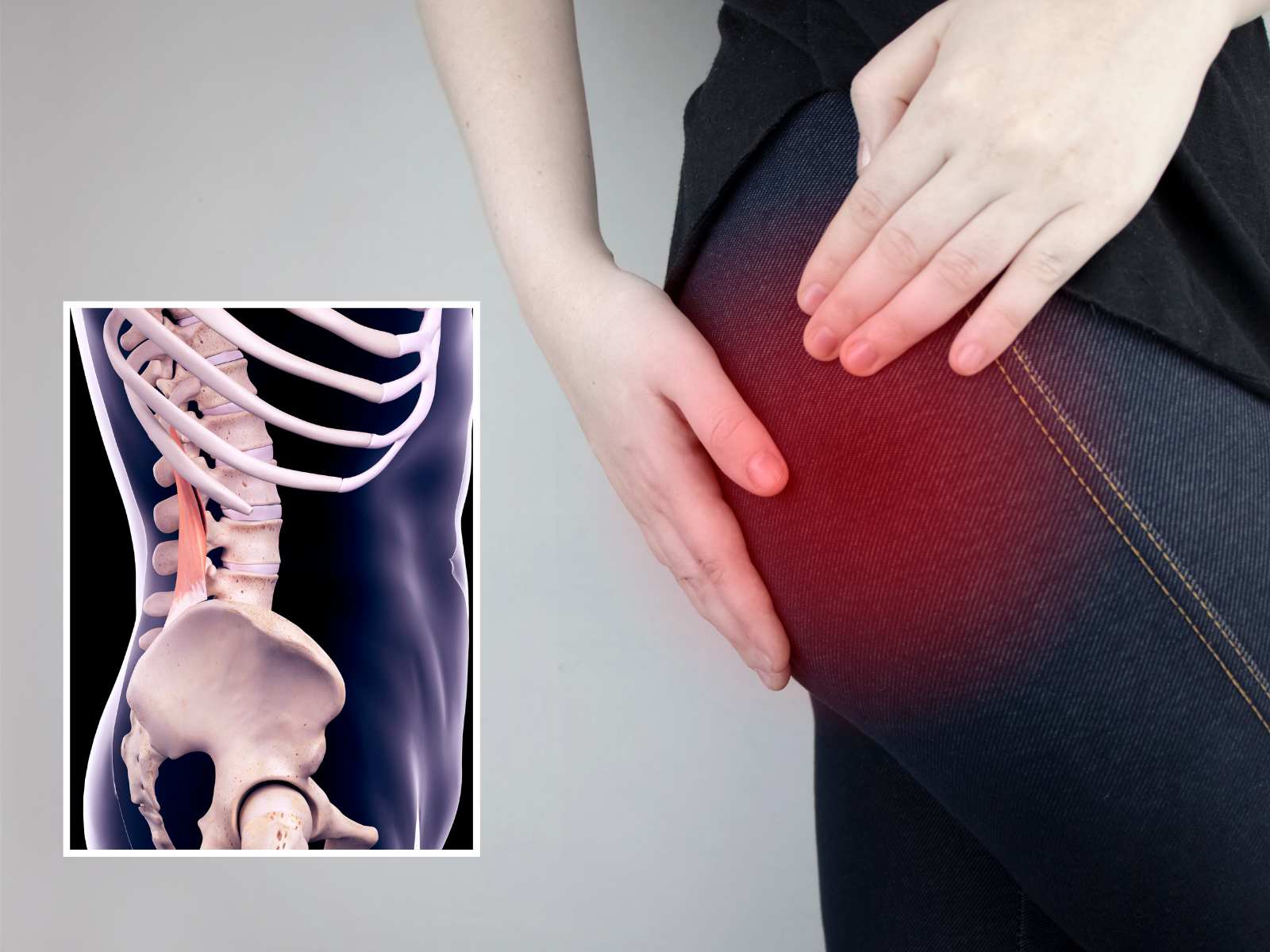
There may be a particular spot that is tender to touch, and it appears to be worse at night, affecting sleep.
This pattern of pain is often associated with restrictions in connective tissue enveloping a muscle called Quadratus lumborum. In my clinic, this is one of the most common muscles involved in low back pain.
This connective tissue is known as fascia and the restrictions in fascia are referred to as trigger points. Each muscle has the potential for trigger points.
Each trigger point has a predictable pain pattern. Thankfully, these have been mapped, thus when we see a certain pain pattern, we should at least consider restrictions in the fascia of the associated muscle.
What are the symptoms of sciatica?
Sciatica is usually experienced as pain in the buttock and pins and needles, numbness, tingling, weakness, or loss of sensation down the leg. The name, of course, is associated with the sciatic nerve which runs from the lower back, through the pelvis, and into the leg.
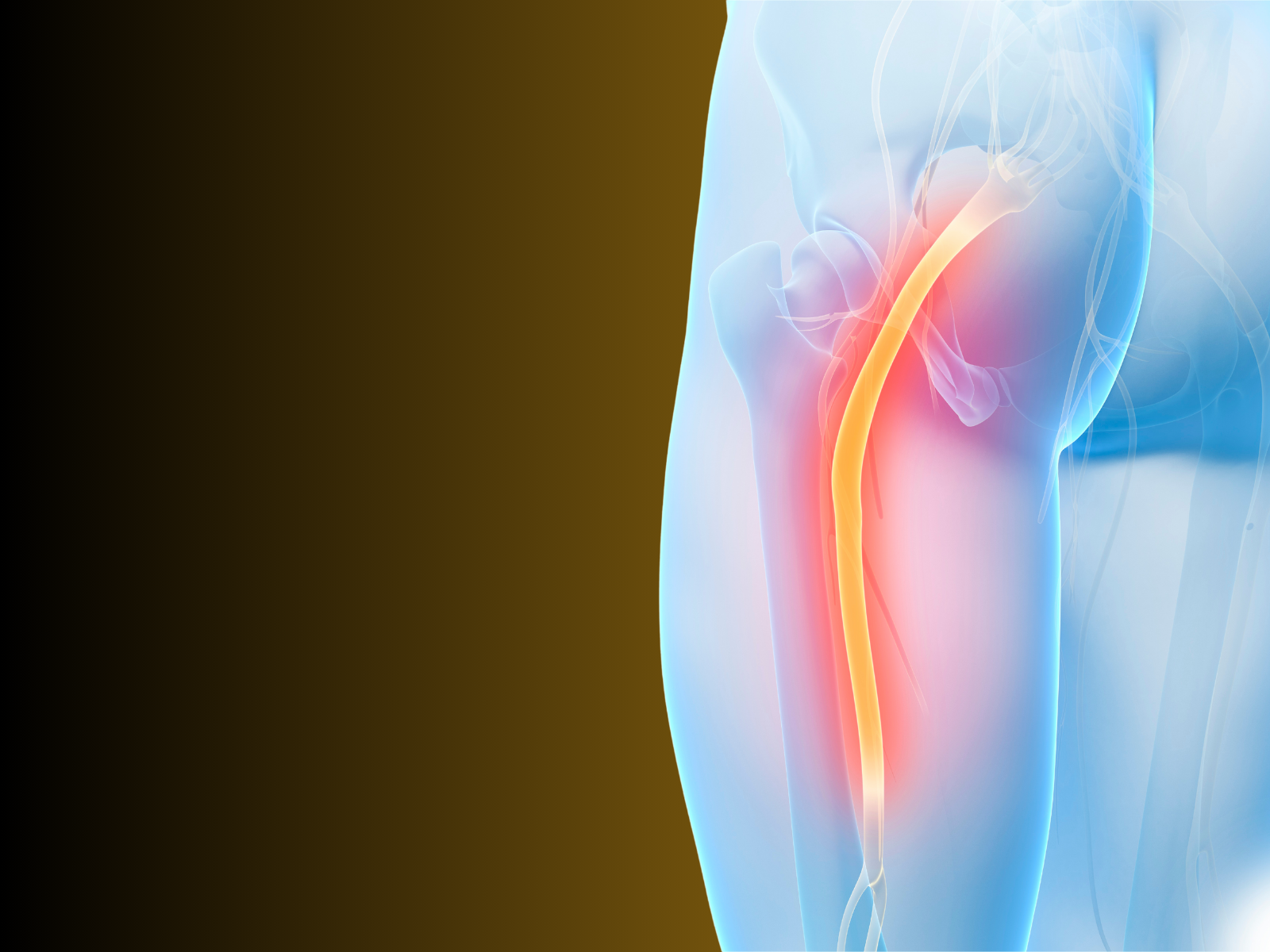
Sciatica is an impingement of this nerve. Whilst it is easy to suspect and fear the impingement is due to a herniated (slipped) disc, this often simply isn’t the case.
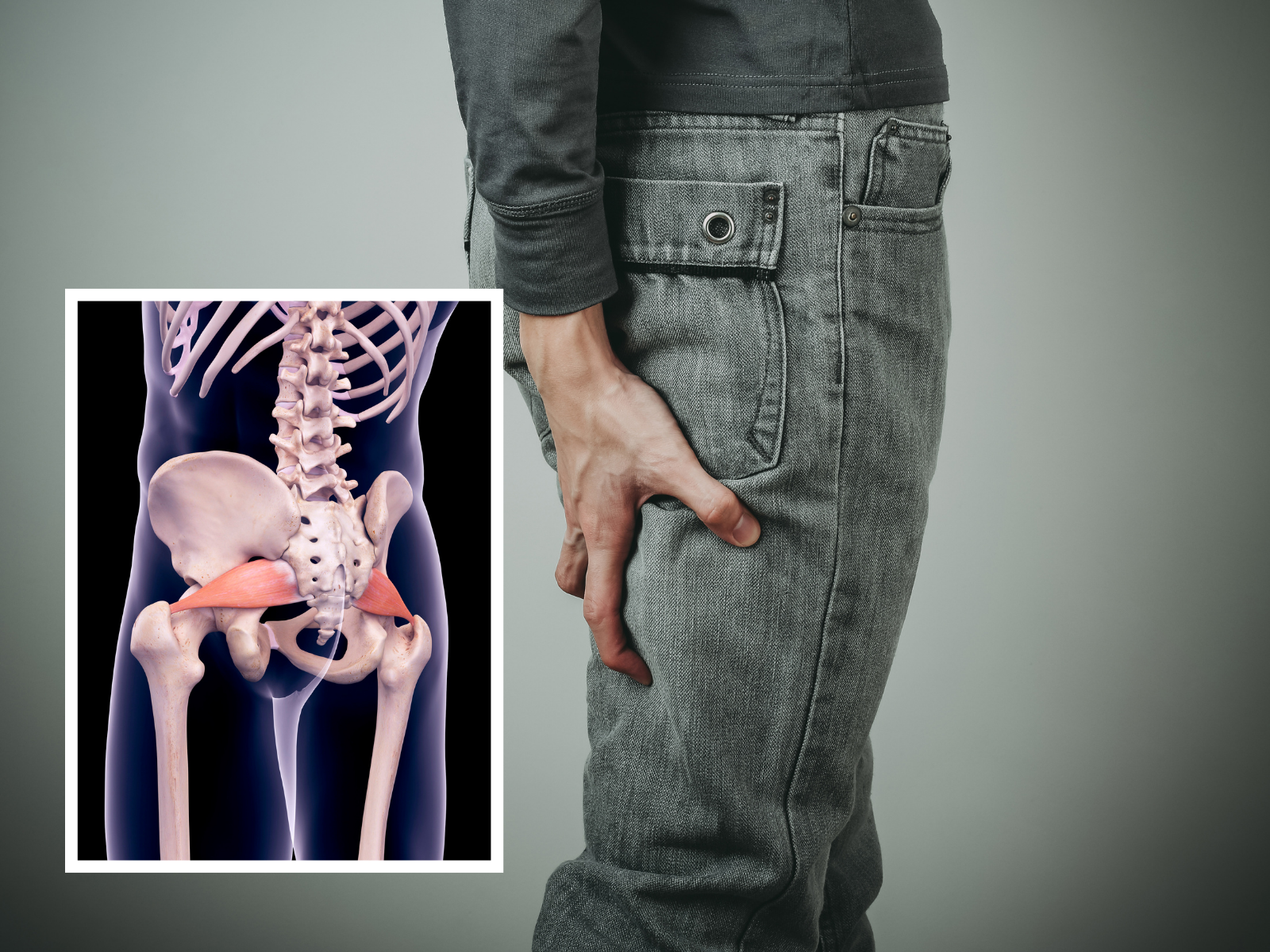
As the nerve runs through the buttock, it runs close to (and sometimes through) a hip rotator muscle called the piriformis.
If the piriformis has fascial restrictions, which can often occur with prolonged sitting or overuse, the muscle can impinge on the nerve, in turn producing sciatica.
What causes back pain?
More obvious causes of back pain include trauma, inactivity, inappropriate lifting and being in the same position for long periods of time – usually sitting.
However, persistent back pain, otherwise known as chronic back pain, is affected by multiple factors.
These include previous pain experiences, stress and anxiety. All these factors affect the nervous system. This in turn locks soft connective tissue known as fascia.
This persistent locking of the fascia, causing the muscles to feel hard (hypertonic), is the most common form of back pain.
Fascia is made of collagen, elastin and a ground substance which is mostly water.
Fascia wraps around and through the muscles and individual muscle fibers and cells.
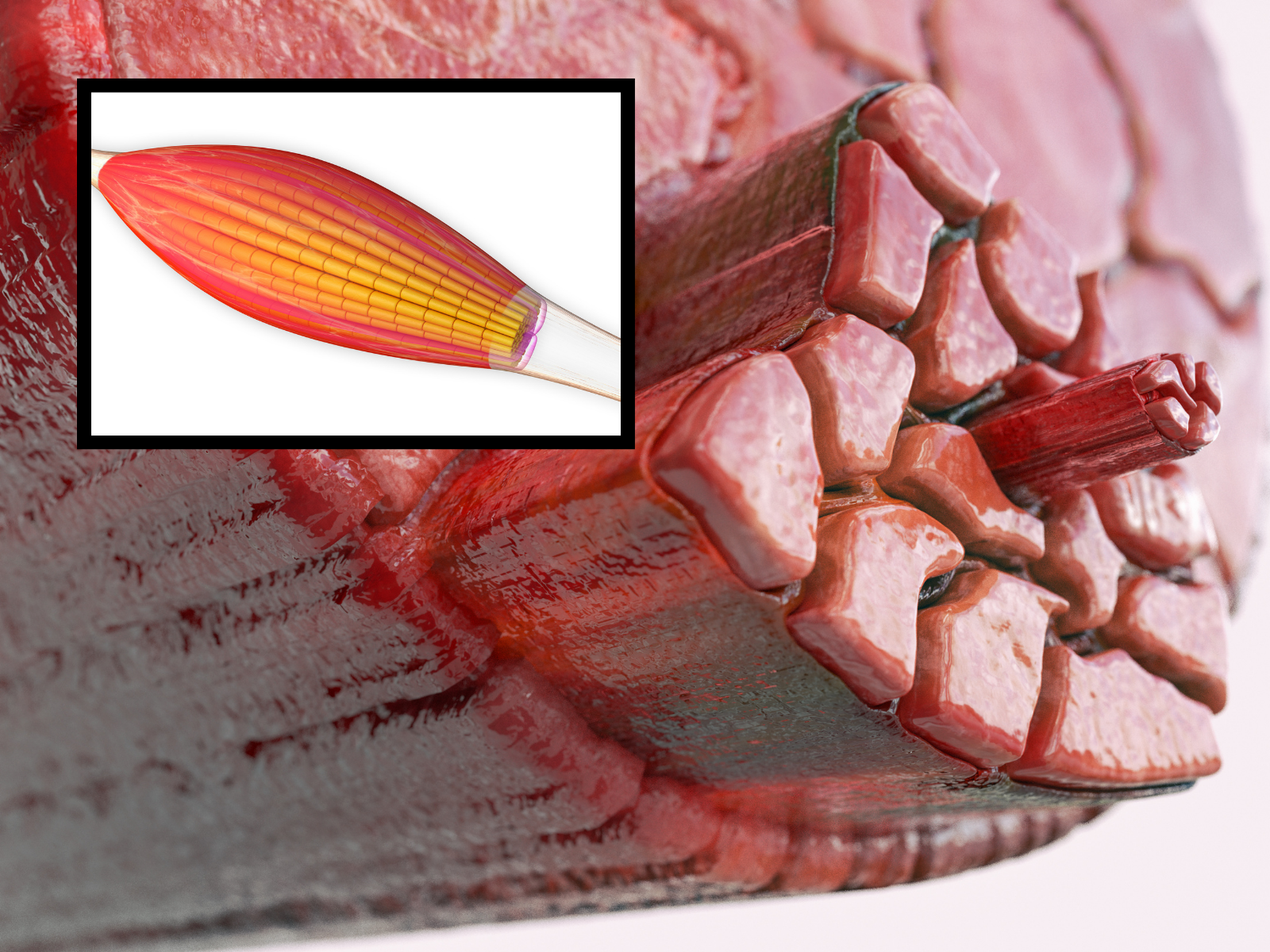
A connective tissue called fascia, wraps around all muscles, muscle fibres and cells.
When fascia works properly it is strong and stretchy. However, when the body perceives danger, or is stressed, depending on previous pain experiences, the fascia instantly becomes locked, hard and very painful.
When is back pain serious?
Whilst most back pain is easily resolved with clinical massage, there are times when a GP appointment is recommended:
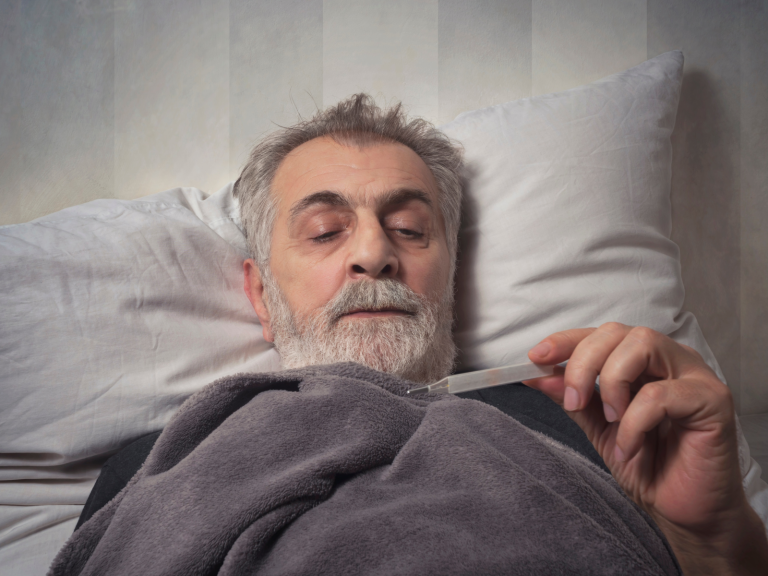
If back pain is accompanied by a fever, it is advisable to consult your GP.
When to Seek GP Advice
- Pain and/or loss of sensation down both legs.
- Pain is constant – day and night.
- A recent fall or accident.
- Running a fever.
- A previous diagnosis for cancer.
- Unexplained or unintentional weight loss
- Use intravenous drugs.
- Bladder or bowel incontinence.
If any of the above apply to you, make a GP appointment so they are able to investigate and rule out anything serious.
What is a Jing Method™ back pain massage?
The Jing Method™ is a complementary therapy that combines targeted and soothing advanced soft-tissue techniques and tailored self-care.
Techniques include myofascial release, trigger point therapy, acupressure, the use of heat or cold, and light stretches.
What to expect from back pain massage treatment
As we have seen, there are different causes and contributors to back pain.
Prior to our appointment you will be asked to give a brief history of your symptoms as well some medical details. This will help us with our in-person assessment and treatment.
Our assessment will include specific orthopedic testing of muscles, ligaments and joints as well as range of motion testing of the back (vertebral) and hips (coxal).
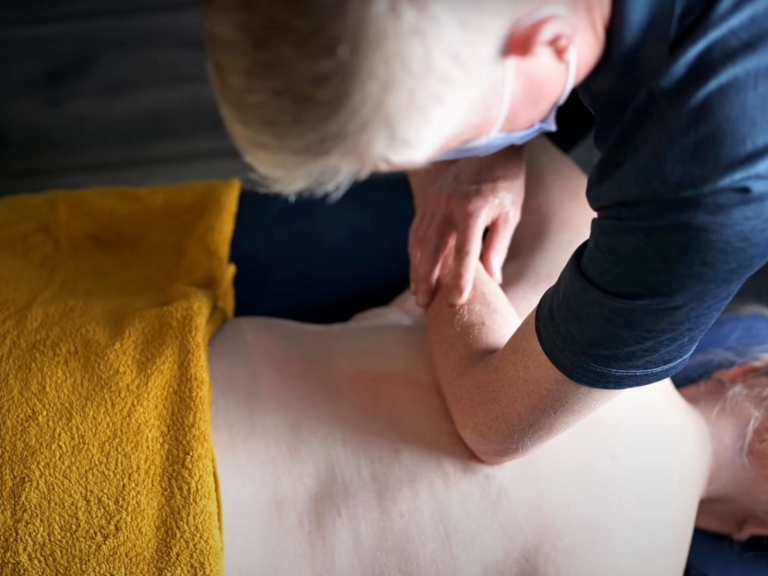
Based on the assessment, we’ll agree on goals and a treatment plan incorporating the Jing Method™.
Whilst each person is different, it is best to anticipate between 4 and 6 sessions in most cases.
I tend to recommend the first few sessions are spaced around a week apart.
Once we have seen a significant improvement we’ll then widen the time between sessions. It is then a good idea to think about a regular maintenance session to stay pain free.
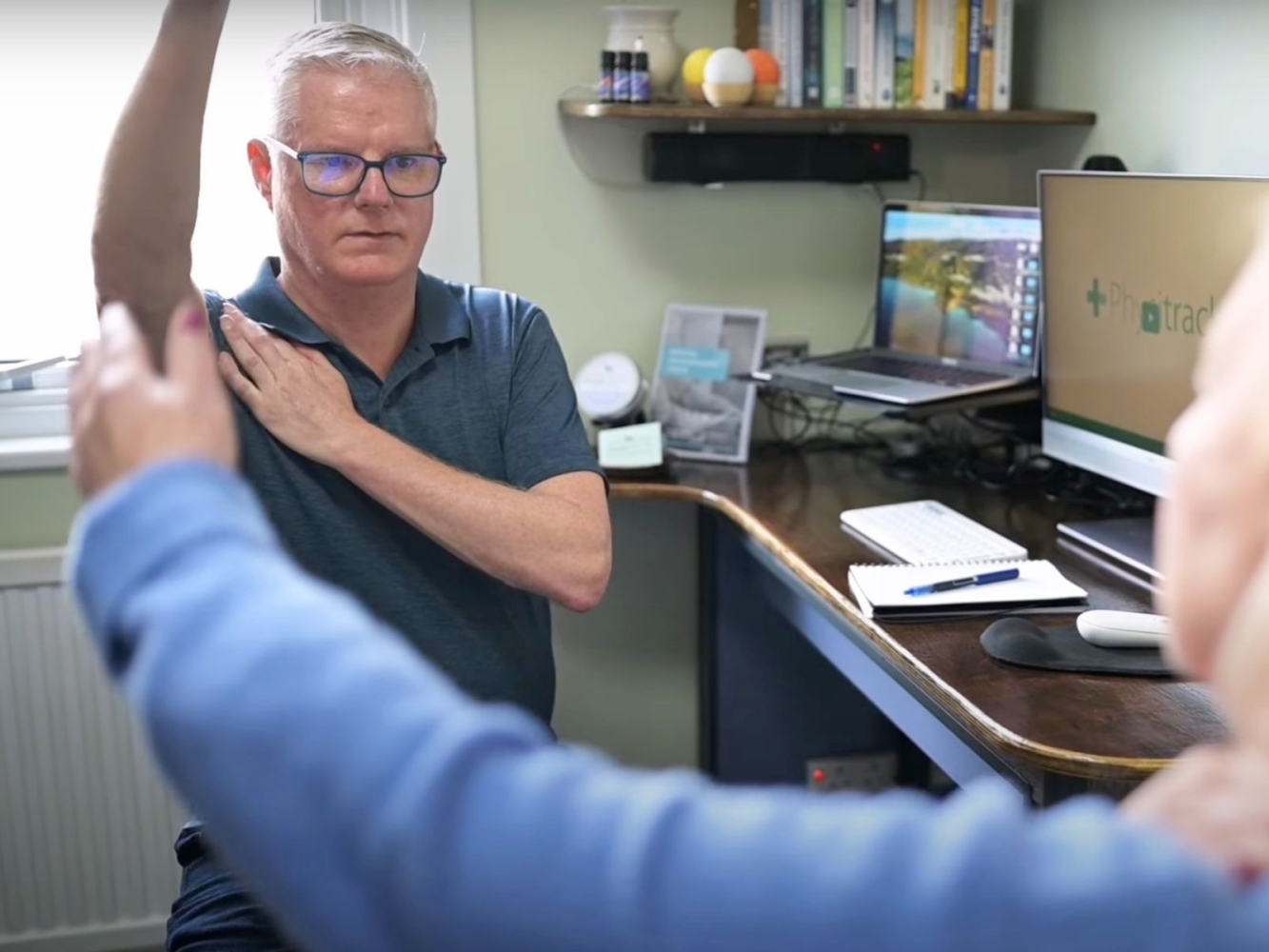
Your First Visit Appointment determines how we will progress to achieve your desired outcome.
An hour and a quarter gives us plenty time for assessment, goal setting, treatment and a self-care plan.
During our session we will agree our treatment plan incorporating Advanced Myofascial Release or Jing Method Clinical Massage.
Treatments are holistic, incorporating a range of safe and effective techniques.
First Visit Appointment
75-minutes- Discuss signs and symptoms
- Assessment and Range of Motion Testing
- Special Orthopaedic Testing if necessary
- Discuss and Agree Goals
- Discuss and Agree Treatment Plan
- Advanced Myofascial Release or Jing Method Treatment
- Re-assessment and Testing
- Agree and Review Self-Care Plan
Your First Visit
Check availability and book your appointment
It’s easy to book an appointment online. If your preferred time is not shown, please call us on 0207 661 7044.
